Midwife Problems, and Solutions, Part 3This is part three of a series on midwifery in Sweden and the United States. To read part one, click here, to read part two, click here.
And during all this uncertainty, Johan van Hoorn was hoping someone would listen to him and his talk of jordegumman. Van Hoorn had studied medicine in the Netherlands and Paris, and had returned to Sweden to practice medicine and ended up spreading his gospel of training the midwife. In Old English, midwife means with-woman, in Swedish jordemor (the jord comes from the Old Norse word for child or offspring) and barnmorska both mean child-mother. In Sweden at the end of the 1600s, most were untrained women known as jordegummor. Van Hoorn wanted to elevate their status, he wanted to make them barnmorskor. First, he put out the textbook called Then Swenske wäl-öfwade Jord-Gumman in 1697. In 1715, he published The Twenne Gudfruchtige I sitt kall trogne Och therföre af Gudi väl belönte Jordegummor Siphra och Pua, a textbook of questions and answers for midwives.
Copies of royal decrees regarding midwives, in the Svensk Barnmorskeforening archive. The earlier texts refer to the profession as Jordegummor, the later as Barnmorskor.
They wanted to separate the wheat from the chaff, the trained continental doctors like themselves from the quacks who claimed they could heal the sick. By 1752, the first clinical training of doctors began and Sweden’s first hospital Serafimerlasarettet opened with two beds for delivery. A strong, centralized government meant that it took and meant to be a midwife in Norrbotten would be the same as what it took and meant to be a midwife in Skåne, and a centralized committee of doctors in Stockholm would be the ones who made that decision. In 1775, the “Publiqua Accouchements- och koppympninghuset” opened, which became the Allmänna Barnbördshuset. The Collegium Medicum moved all midwifery teaching there, with training that would be both theoretical and practical. In 1777, a new regulation stated that all midwives in the whole country should be able to read and write, and be God-fearing, honorable, gentle, and sober. Schools opened in Stockholm (Södra BB, right), Göteborg, and Lund (above left). To get in, a woman had to be between 22 and 35; she needed to provide her hometown and how she had made a living until that point; she had to be healthy; she had to know how to read Swedish and Latin, understand basic math, and have good handwriting. In the United States during this time, doctors didn't even need this much education to practice.
Next time: the professionalization of midwives in Sweden, and the creation of the Swedish Midwives Association.
1 Comment
David Harley
4/13/2018 10:56:36 pm
~~~The above is not my email, although it will reach me. Series of eye operations, can't see much, writing this on a large TV.~~~~~ Forgive me if I've told you the following already.~~~~~ There was no Old English word for midwife. Bible translators had to invent one. The absence of a vernacular name anywhere in Western Europe before 1300 isn't very surprising. Fall of Roman Empire, few towns and no real cities. Very different in the lands of Islam, from Spain to Central Asia.~~~~~ In the scattered settlements, childbirth was managed by family, tenants, serfs.
Reply
Your comment will be posted after it is approved.
Leave a Reply. |
Come in, the stacks are open.Away from prying eyes, damaging light, and pilfering hands, the most special collections are kept in closed stacks. You need an appointment to view the objects, letters, and books that open a door to the past. Archives
April 2023
Categories
All
|

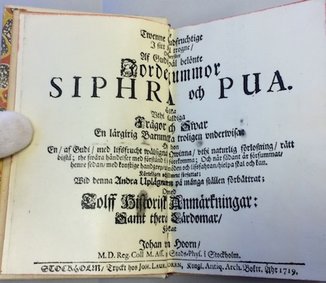
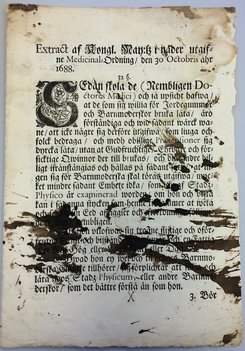
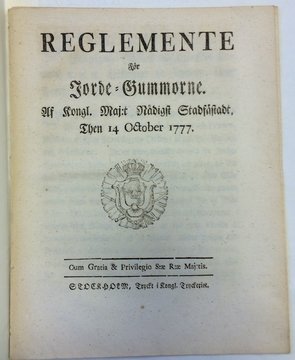
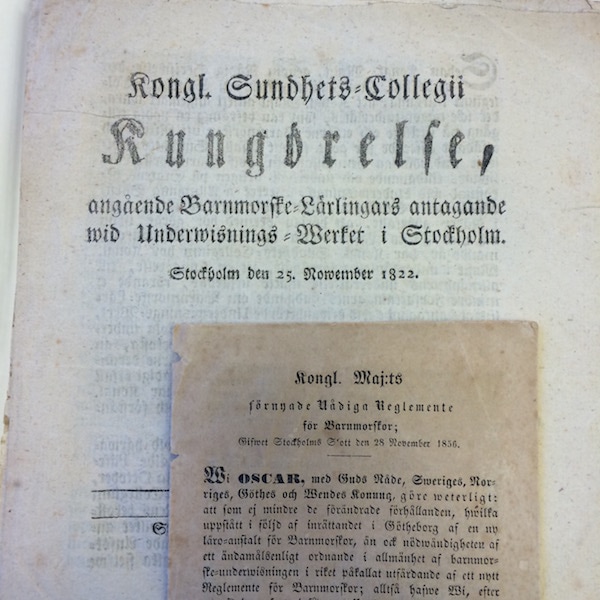
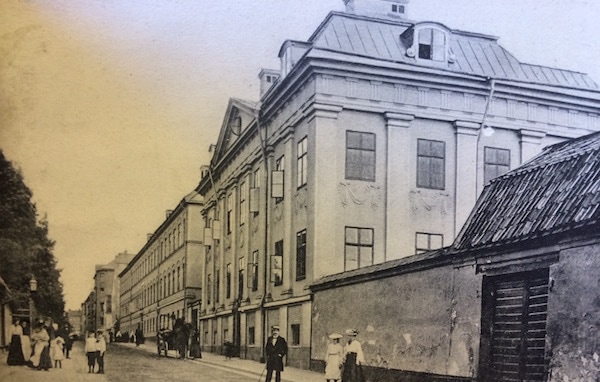
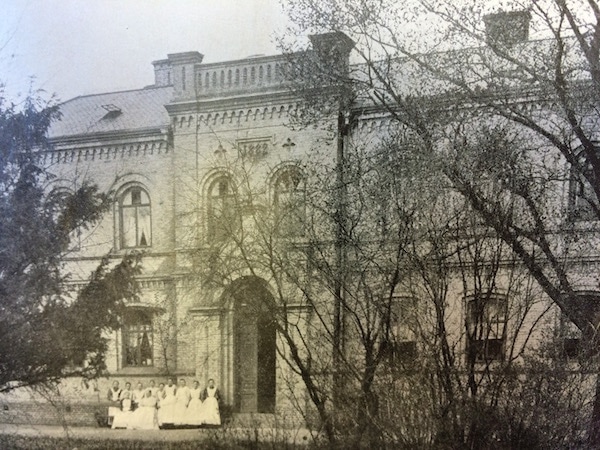
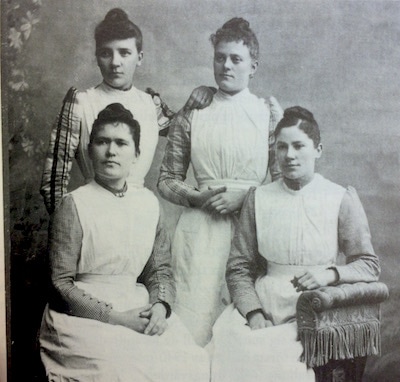

 RSS Feed
RSS Feed